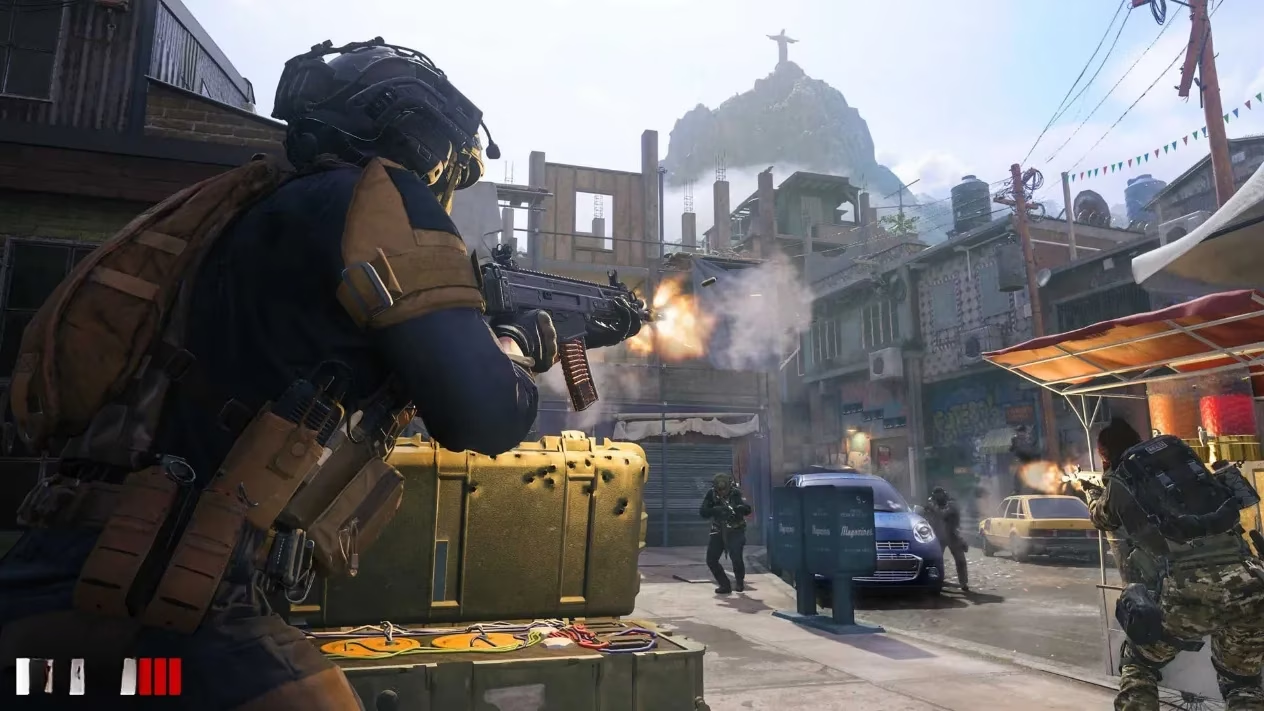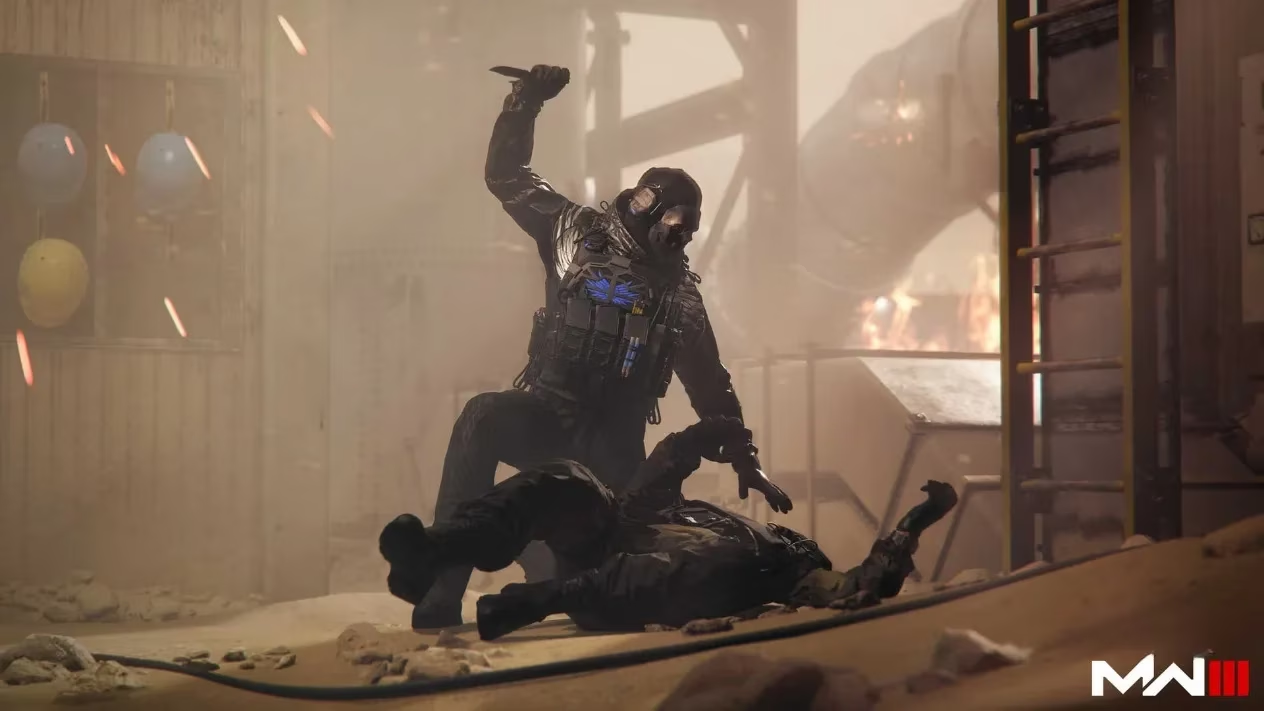Call of Duty: Modern Warfare III entered the gaming scene carrying immense expectations and skepticism. As a direct sequel to 2022’s Modern Warfare II, it promised continuity while introducing critical refinements. Over two beta weekends, developer Sledgehammer Games showcased multiplayer gameplay that felt simultaneously familiar and revitalized. Players noticed immediate parallels in visuals, sound design, and interface—mirroring Modern Warfare II’s hyper-realistic weapons and chaotic footsteps. Yet beneath that surface, strategic tweaks suggested a deliberate pivot toward classic Call of Duty pacing. This fusion of old and new sparked debates: was this a meaningful evolution or a glorified expansion? Early hands-on sessions revealed a title striving to honor franchise roots while addressing fan frustrations.
Core Gameplay Evolution: Speed and Strategy
Modern Warfare III accelerates combat dramatically compared to its predecessor. Movement mechanics now include slide-canceling and reload-interruption, encouraging aggressive flanking over passive camping. Red dots reappear on minimaps when enemies fire unsuppressed weapons—a beloved feature absent in Modern Warfare II—rewarding tactical awareness. The perk system returns to a streamlined format, allowing players to tailor loadouts for distinct playstyles like stealth, assault, or support.

These adjustments transform engagements into fluid skirmishes where positioning and reflexes trump defensive holds. Whereas Modern Warfare II often favored stationary strategies, Modern Warfare III’s maps flow like chessboards, demanding constant repositioning. The changes echo Sledgehammer’s earlier work on Vanguard, delivering arcade-style intensity without sacrificing tactical depth.
Time-to-Kill and Combat Dynamics
Player health increased to 150 (up from 100 in Modern Warfare II), extending firefights and emphasizing precision aiming. This Treyarch-inspired shift aims to reduce frustrating insta-deaths, letting skill and recoil control shine. However, beta testers reported inconsistent experiences. Some battles felt brilliantly balanced, requiring calculated bursts and movement; others left players feeling underpowered due to apparent hit-registration issues or network latency. While the extended health pool shows promise, it demands fine-tuning for reliable competitive integrity.
Content Showcase: Maps and Modes
The beta featured five remastered 6v6 maps from 2009’s Modern Warfare 2—Favela, Rust, Highrise, Estate, and Skidrow—plus two large-scale Ground War battlegrounds. Classic modes like Team Deathmatch, Domination, and Search & Destroy anchored the rotation. Weapon variety impressed, with dozens of firearms, attachments, and equipment options hinting at a robust launch arsenal. Nostalgia surged through these iconic locales, though visibility glitches (especially on Estate’s foliage-heavy terrain) occasionally obscured enemies. Spawn points also drew criticism for placing players in immediate danger post-respawn.

Visuals and Technical Performance
Graphically, Modern Warfare III mirrors Modern Warfare II’s gritty realism—weapon models gleam with authentic detail, explosions ripple with particle effects, and environments immerse players in urban warfare chaos. Yet the UI remains divisive, retaining its cluttered menus and convoluted navigation. Performance optimization appeared solid during beta weekends, with minimal crashes on consoles and PC. Sledgehammer quickly addressed initial visibility complaints by adjusting lighting in Weekend Two, proving responsiveness to community feedback.
People Also Ask
- Does Modern Warfare III feel like a standalone game?
While built on Modern Warfare II’s foundation, gameplay alterations create a distinct rhythm that rewards aggression and map knowledge.
- Are slide-canceling and reload-canceling back?
Yes! These movement techniques return, elevating pace and outplay potential.
- How do remastered maps compare to originals?
Faithfully recreated with minor additions (like extra doorways), though spawn issues need patching.
- Is camping still viable?
Less dominant than in Modern Warfare II, but perks like Ghost and Tactical Padding support defensive playstyles.
Final Beta Verdict: Steps Forward, Questions Remain
Modern Warfare III’s beta succeeded in delivering a faster, more traditional Call of Duty experience. By readopting cherished mechanics and rebalancing combat, Sledgehammer bridged nostalgia with modern polish. Still, spawn algorithms and TTK inconsistencies require urgent attention before launch. The absence of original maps risks player burnout, yet the beta’s content volume—coupled with weapon and mode diversity—suggests a complete package awaits. Ultimately, this iteration listens to its audience, reviving the franchise’s heartbeat while acknowledging where Modern Warfare II stumbled. For long-time fans, it’s a homecoming; for skeptics, a convincing argument for redemption.
🎮 Ready to relive classic warfare with modern enhancements? Grab your copy of Call of Duty: Modern Warfare III today and dominate the battlefield where legacy meets innovation! Share your loadout strategies using #MWIIIRevived.